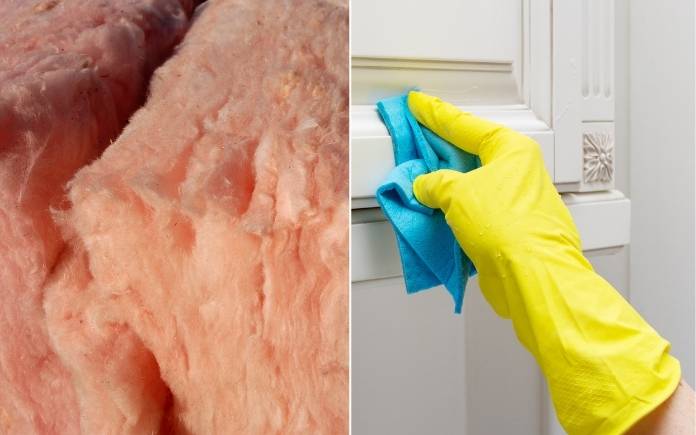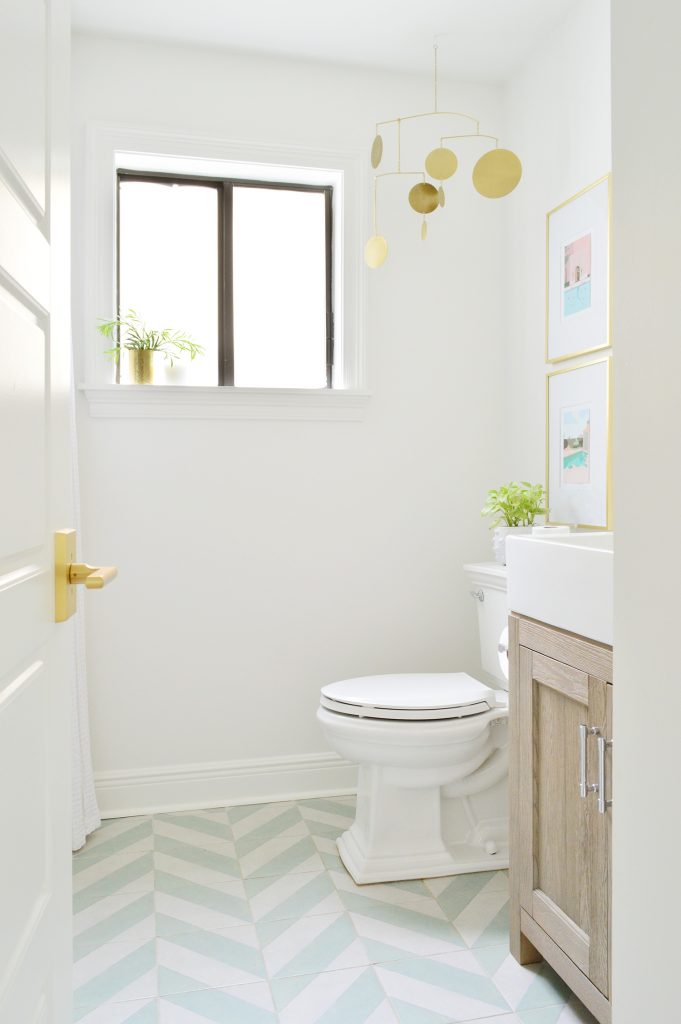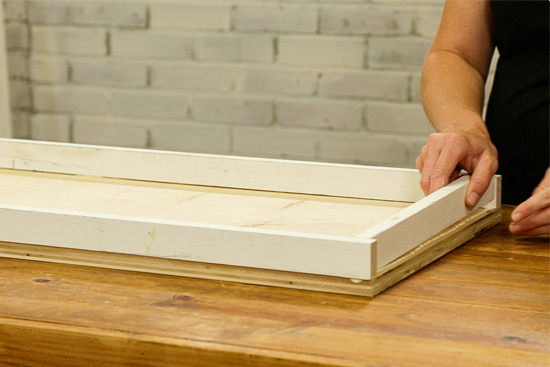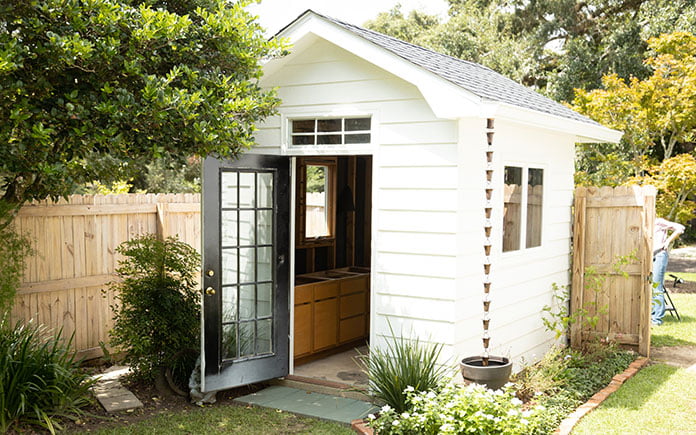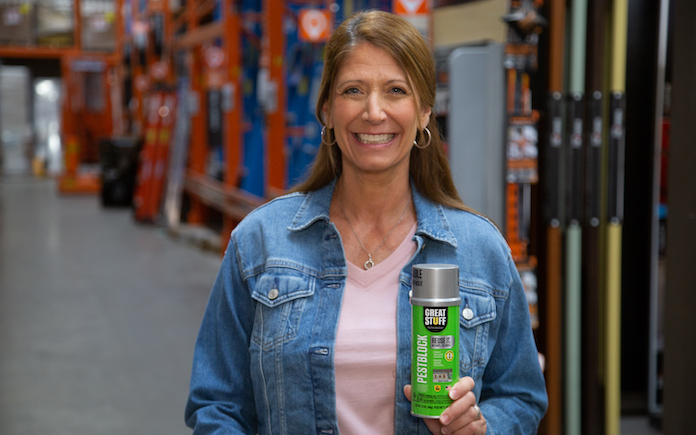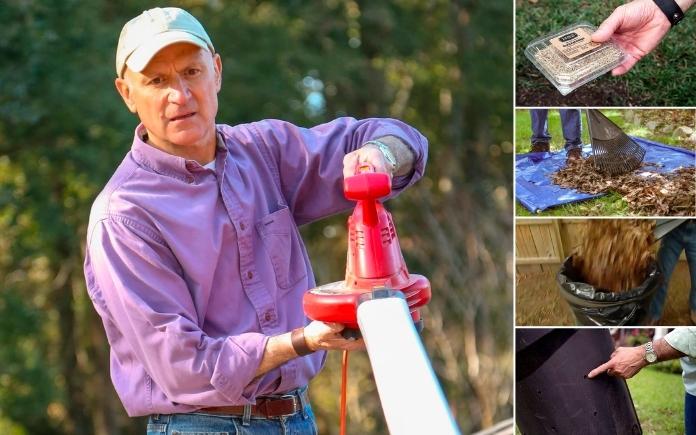Today’s Homeowner Radio Podcast | October 1, 2022
(Branislav, Getty Images Signature/Akintevs, Getty Images) Hour 1 In Hour 1, learn which remodeling projects get the most bang for your buck, what could be causing a nail polish remover odor in a home, how to clean red cedar siding and more. Projects That Get the Most Bang for Your Buck A new garage door … Read more

